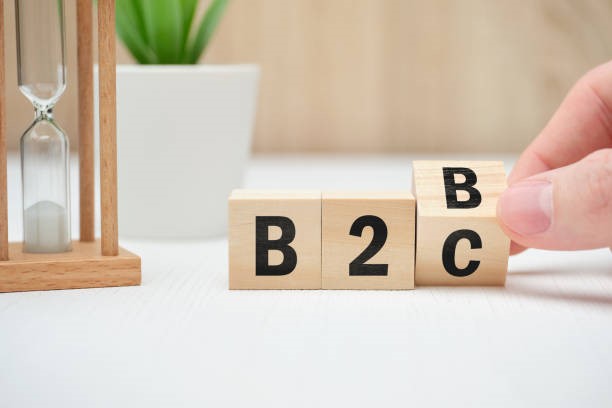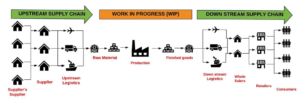
B2B tango with B2C Marketing
B2C (Business-to-Consumer) and B2B (Business-to-Business) are two fundamental models in the business world, each with distinct characteristics, goals, and strategies. Despite their differences, they are interconnected in several ways viz, supply chain dependencies, market insights & consumer influence on B2B, shared technologies & platforms, innovations & trends, customer experience focus, product & service customisation-personalisation, sales channel & distribution. Example is Microsoft, a market & tech leader, follows B2B sales through networking & collaboration.
Business should never be seen in silos; a hawk’s eye view of business always helps a leader to take precise decision. Precise decisions which are laser sharp, with good execution, it can inflict the competitors and is imperative in today’s hyper competitive world.
Businesses buy solutions and they constantly seek out for value, and their quest for value is agile and continuous. Successful B2B firms rejig their supplier strategy and make their tier-1 and tier-2 suppliers as unified fused entity, together through partnership/collaboration and seamlessly elicit enormous value and call it as ‘supplier inside strategy’. This constant appetite for value makes a firm, a very competitive and be confident to outsmart and outmanoeuvre the competitors.
Knowing the customer is not enough. The evolving complexity of business is making it necessary to not only look through the eyes of your customer, however, you also need to look through, what the customer has not even realised. This nature of pragmatism comes through the deep understanding of the business, not just look through the siloes of B2C or either B2B, rather connecting B2C & B2B. Henceforth, firms which focus only on their immediate buyer will lose the foresight, rather it is imperative for firms to focus on understanding their buyers’ customer.
Business buyers do not buy their product for sheer indulgence. The ultimate demand for the B2B firms comes from the consumer (B2C) demand

Picture Source: https://scmystic.com
Today the competition is not between two companies, the competition is who has a better value chain. Value chain wins by knowing the suppliers’ supplier and concurrently knowing the customers’ customer in the upstream and downstream part of the supply chain.
The competition between the firms in an industry is no more mere selling and making profits, it is creating the best value chain, as the best value chain has better sustainability. This happens only when firms collaborate with their partners to create product or service of extraordinary value, that delights the buyer and eventually the end user.
To illustrate and make this concept simpler, let us assume the automobile car manufacturing firm and in true sense, it is the Original Equipment Manufacturer (OEM). The value for the auto maker’s products comes from the suppliers and alongside, for this supplier, it is derived from his suppliers (suppliers’ supplier). At the upstream part for a tyre manufacturer, the value chain addition not only happens at the tyre manufacturer unit, but the buck starts at the tier 3 supplier, the value passing to tier 1 through tier 2 supplier.
Industries which are sensitive, like aircraft manufacturers, life saving drugs etc, have collaborated with their suppliers in their value creation. They do meet the suppliers in the upstream, share and percolate their vision-mission and goals of their firm to their suppliers and further at the downstream they collaborate with intermediaries to amplify the value till the product & services reach the retail point and the end user. Connecting the dots at the upstream and downstream part of the chain and make work the chain in unison rather than in silos is the hallmark of successful firms.
In this hyper competitive world, connecting B2C with B2B makes sense and elicits successful product introductions that not only caters to their respective buyers at each part of the chain, but also nurtures and develop a good ecosystem of B2C and B2B.
The interplay between B2C and B2B is characterized by shared strategies, technologies, and market dynamics. While each sector has unique aspects, their convergence is evident in the adoption of best practices from one another, driving efficiency, innovation, and enhanced customer experiences across the board. Understanding this interconnection and connect the right dots in value creation that elicits distinguishable products, that are 2x times ahead of the marketplace.